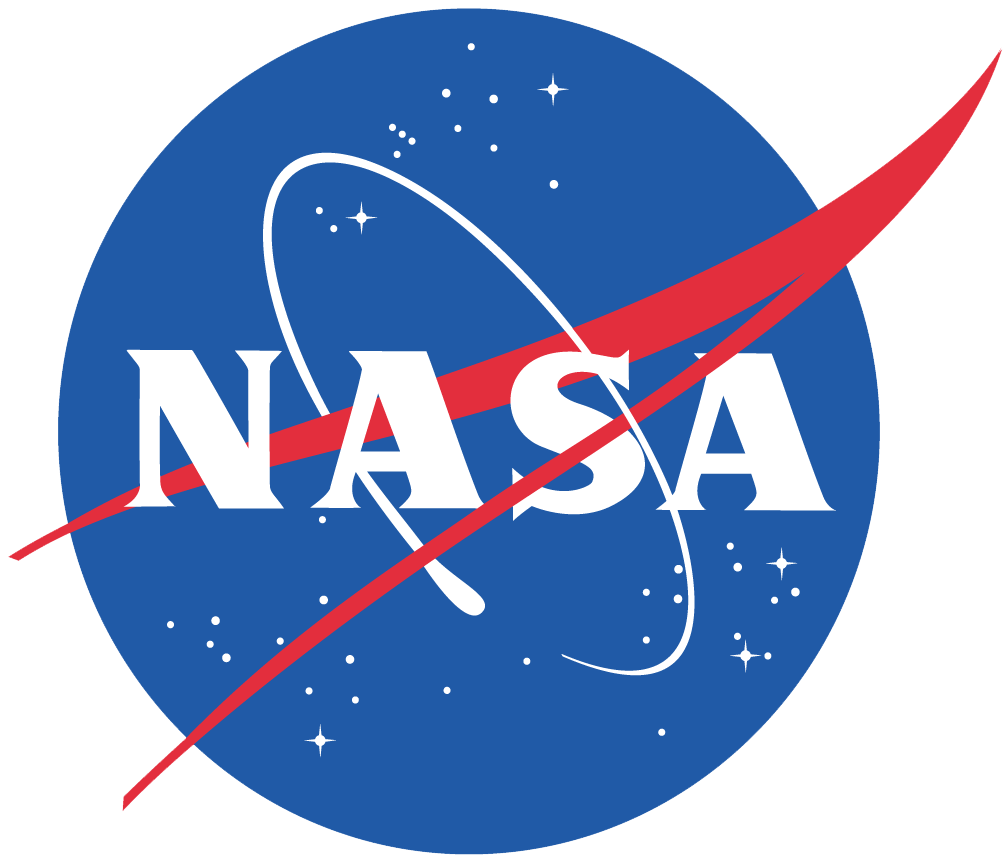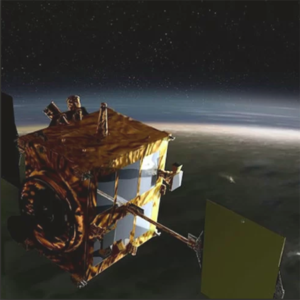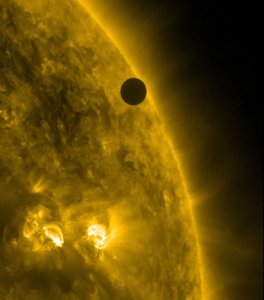European Space Agency’s Venus Express Mission
Venus Express
Brief History
On November 9th of 2005, Venus Express was successfully launched from the Baikonur Cosmodrome in Kazakhstan. Successful insertion into Venus’ orbit took place on April 11, 2006 and Venus Express achieved its desired orbit in May, then sending routine data from its science instruments. After a longer than expected 8-year life, the spacecraft embarked on a mission in June 2014 to carry out low-altitude orbits in attempt to measure the planet’s atmospheric density. Contact was lost with Venus Express during this campaign in November 2014.
Significant Discoveries
While the Venus Express mission was formally closed in December of 2014, the collected data continues to provide new and intriguing clues about our nearest solar system neighbor. Incoming data has provided new details about the Venus atmosphere as well as the surface (VIRTIS-M). A special issue of Icarus (International Journal of Solar System Studies) was published in fall 2011, presenting results from the mission’s first five years. Since then, the European Space Agency has recorded Venus Express’ most significant discoveries here.
Current Status
The Venus Express mission had many US participating and interdisciplinary scientists who were supported by NASA. We had the privilege to present the Education and Public Outreach efforts for the Venus Express Mission in cooperation with the European Space Agency and with support from NASA.
Venus Express Mission Official Website [ESA]
Venus Express Science & Technology [ESA]
Current & Future Exploration of Venus
AKATSUKI
|
VEXAG |
Archives >>
News Highlights
- [ 06.2012 ] ESA missions gear up for transit of Venus
- [ 02.2012 ] Could Venus be shifting gear?
- [ 10.2011 ] ESA finds that Venus has an ozone layer too !
- [ 09.2010 ] 2010 Vexag International Workshop
- [ 03.2009 ] Venus at its 8-Year Best
- [ 02.2009 ] Watching Venus glow in the dark
Featured Reports from Venus Express
- [ 04.2011 ] The shape-shifting southern vortex of Venus
- [ 11.2010 ] Venus hold warning for Earth
- [ 10.2010 ] Venus Express finds planetary atmospheres such a drag
- [ 06.2010 ] Was Venus once a habitable planet?
- [ 04.2010 ] Venus is alive – geologically speaking
- [ 02.2009 ] Watching Venus glow in the dark
- [ 12.2008 ] Venus comes to life at wavelengths invisible to human eyes
- [ 10.2008 ] Venus Express searching for life – on Earth
- [ 09.2008 ] How windy is it on Venus? Venus Express answers









